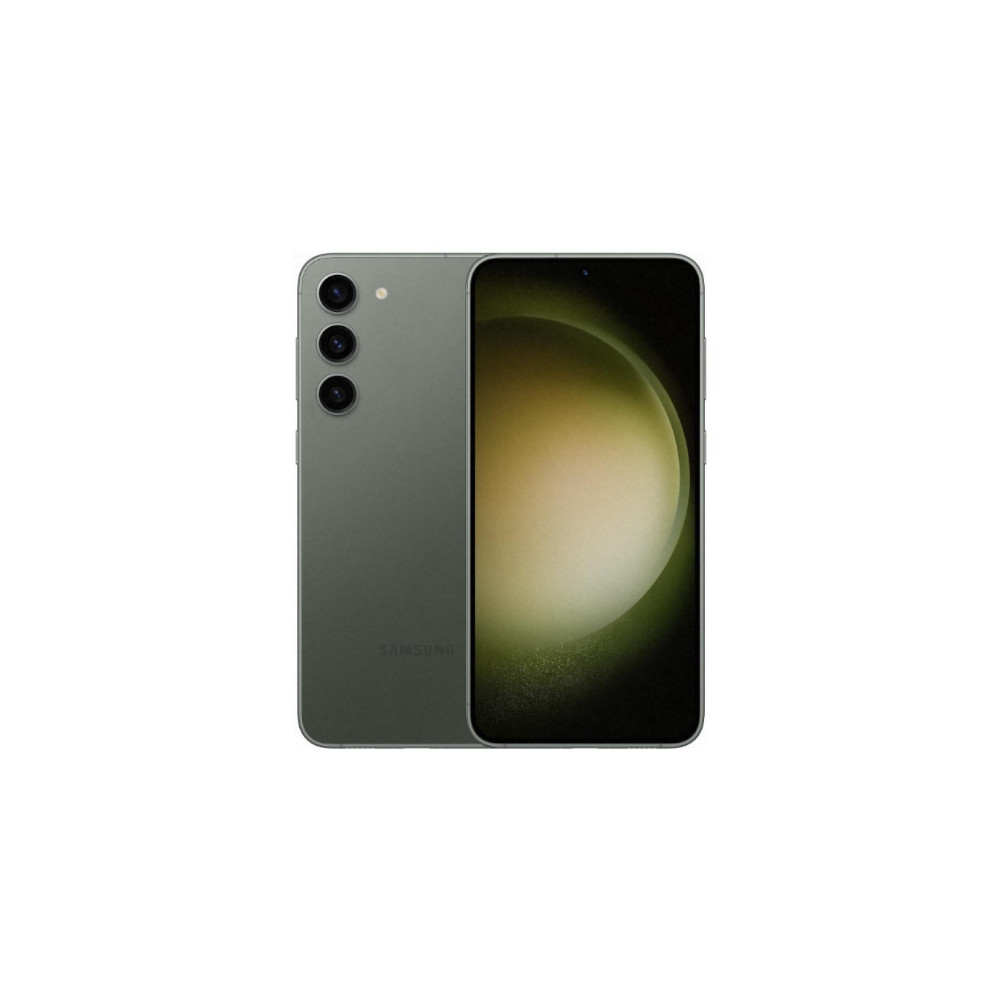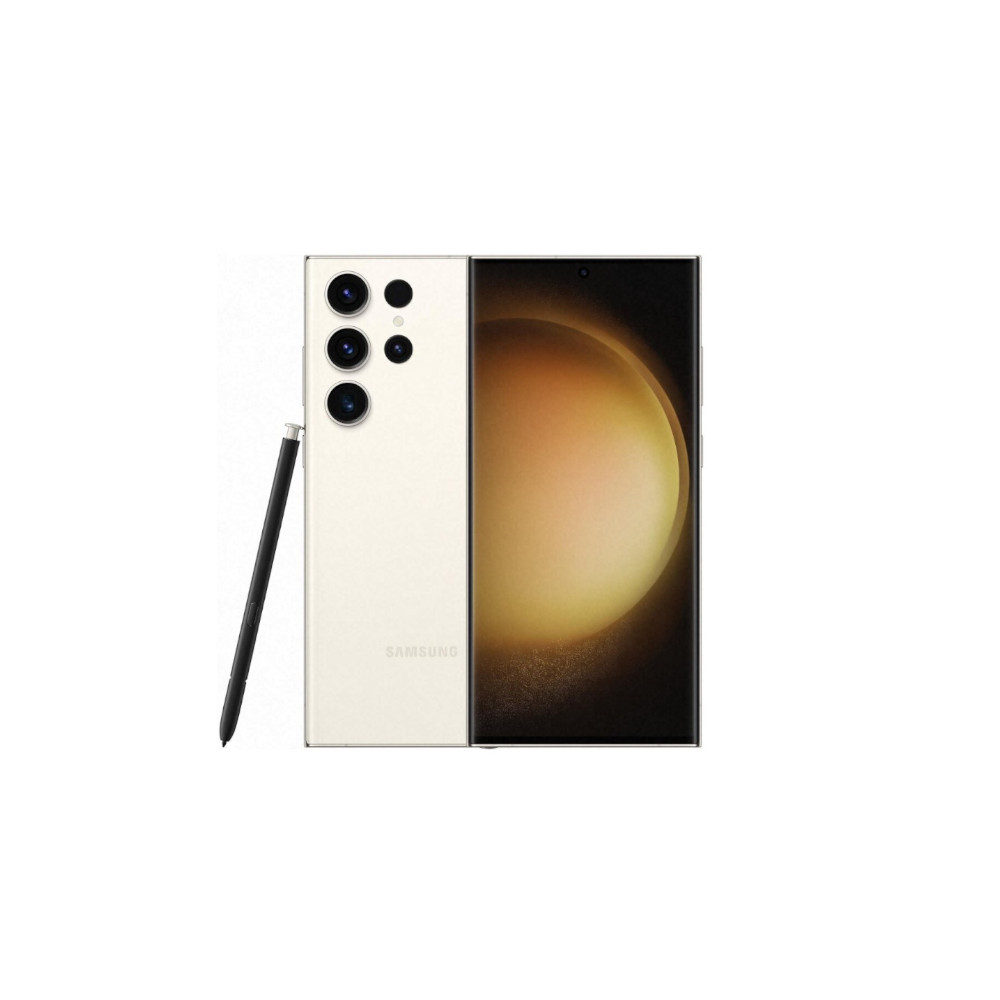TL;DR
- Samsung has made the Galaxy S23 series more energy efficient.
- Part of this improved efficiency is due to new low power-consumption OLED technology.
- The new display reduces power consumption by 13-16%.
It’s no secret that there are a lot of similarities between the Samsung Galaxy S23 series and the previous generation. However, there is one big change Samsung made that will have a direct impact on the phone’s battery life — the display.

Samsung Galaxy S23 Plus
Large AMOLED display
Snapdragon 8 Gen 2 power
Bigger battery

Samsung Galaxy S23 Ultra
New 200MP main camera
Beautiful display
S Pen functionality
In our review of the Galaxy S23 series, one of the things that have jumped out at us is battery life. As it turns out, the improved battery life is partially due to the new display technology.
In a blog post, Samsung confirmed that it has fitted the latest line of Galaxy S phones with a new type of AMOLED display. This “low power-consumption OLED technology” reportedly cuts down on power without sacrificing brightness. In fact, it manages to increase the brightness as the base model was boosted from 1,300 nits on the Galaxy S22 to 1,750 nits.
According to a translation from the folks over at 9To5Google, the new power-saving display is capable of reducing power consumption by as much as 13-16%. The Korean manufacturer states:
The Galaxy S23 Series Display has been equipped with low-power OLED technology that has increased luminous efficiency by applying new organic materials. By using organic materials with Samsung’s new technology, power consumption is reduced and brightness is increased. The new organic material is improved so that electrons can move faster and easier in the organic layer, and by increasing luminous efficiency, power consumption is reduced by more than 13% to 16% compared to the previous one.
Dylan Raga of XDA Developers further explained in a tweet the difference between this panel and last year’s. Apparently, this display has broader emission of green and reduces the wavelength of the red emitters to save power. He goes on to state that the energy efficiency of the Galaxy S23 Ultra is on par with the iPhone 14 Pro Max up to 400 nits before it eventually takes the lead.
With Samsung’s focus on energy efficiency, the company has made a device that can last hours and hours without a sweat.










